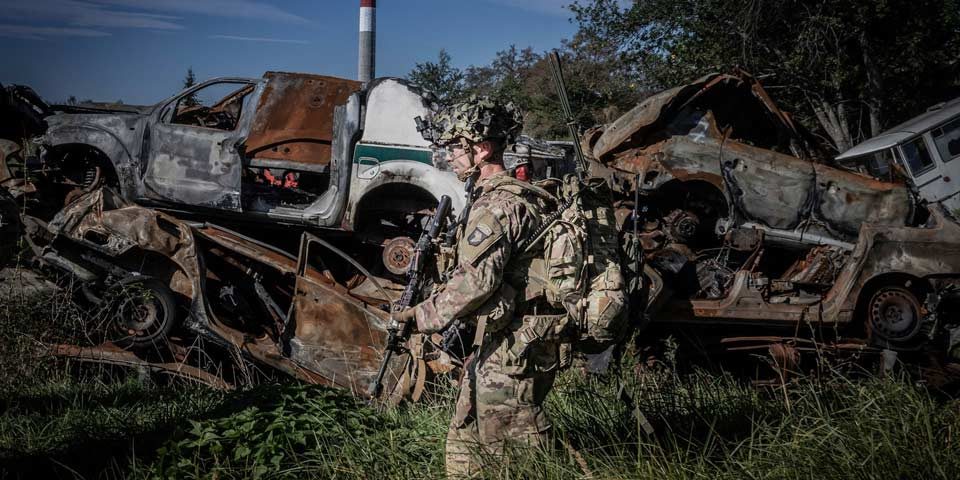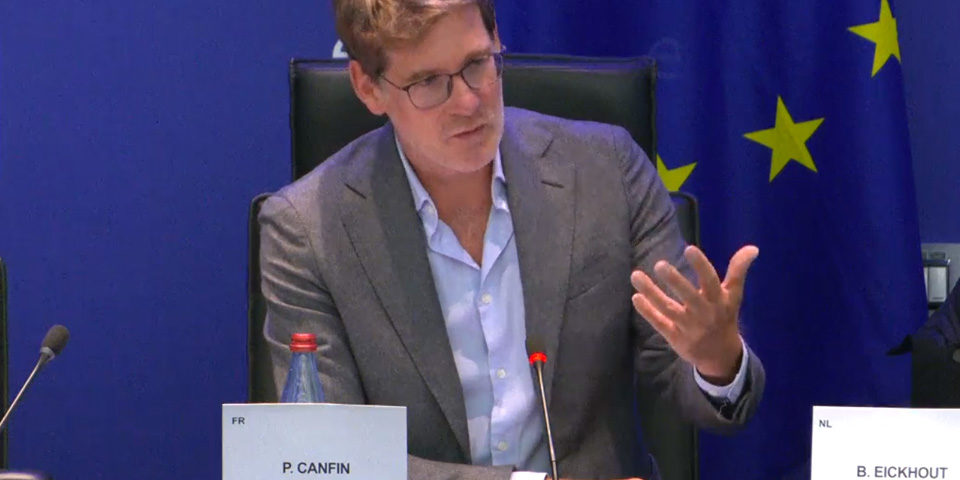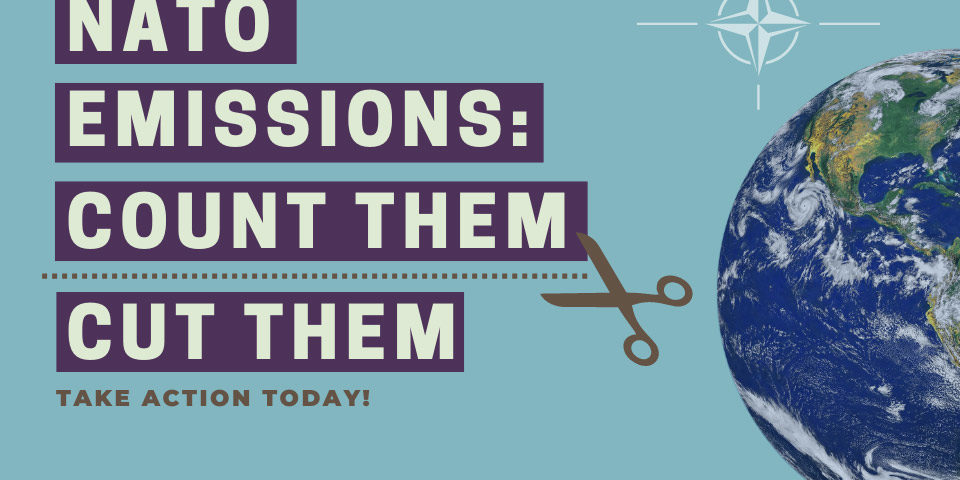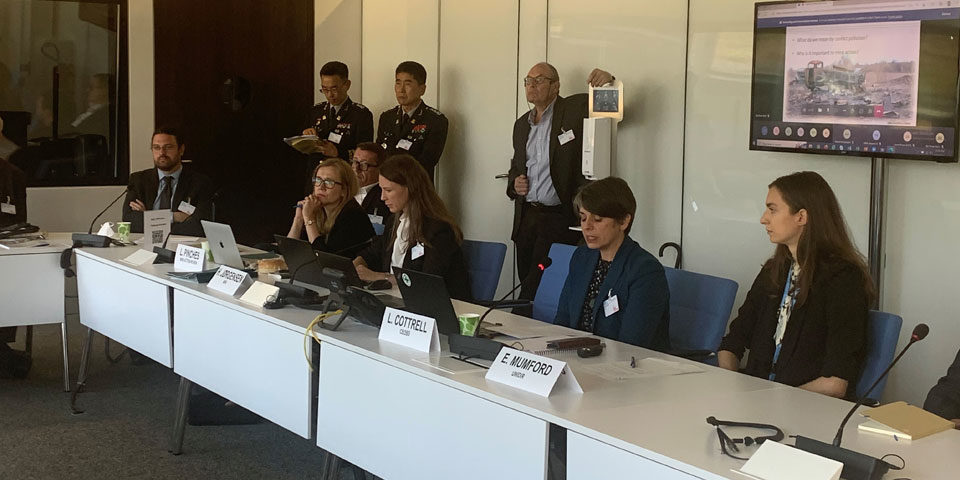The IPCC’S missing military emissions
The IPCC’s failure to mention military or conflict emissions in its recent synthesis report points to a deeper problem. Ellie Kinney explains why solving it will require a concerted effort from states, researchers and civil society.







